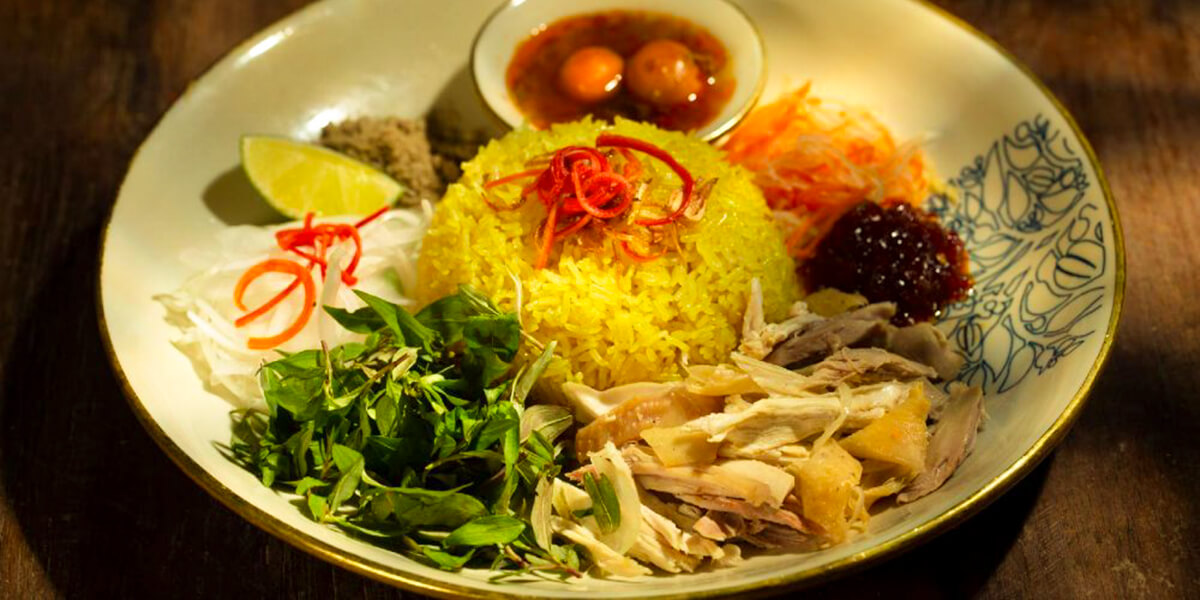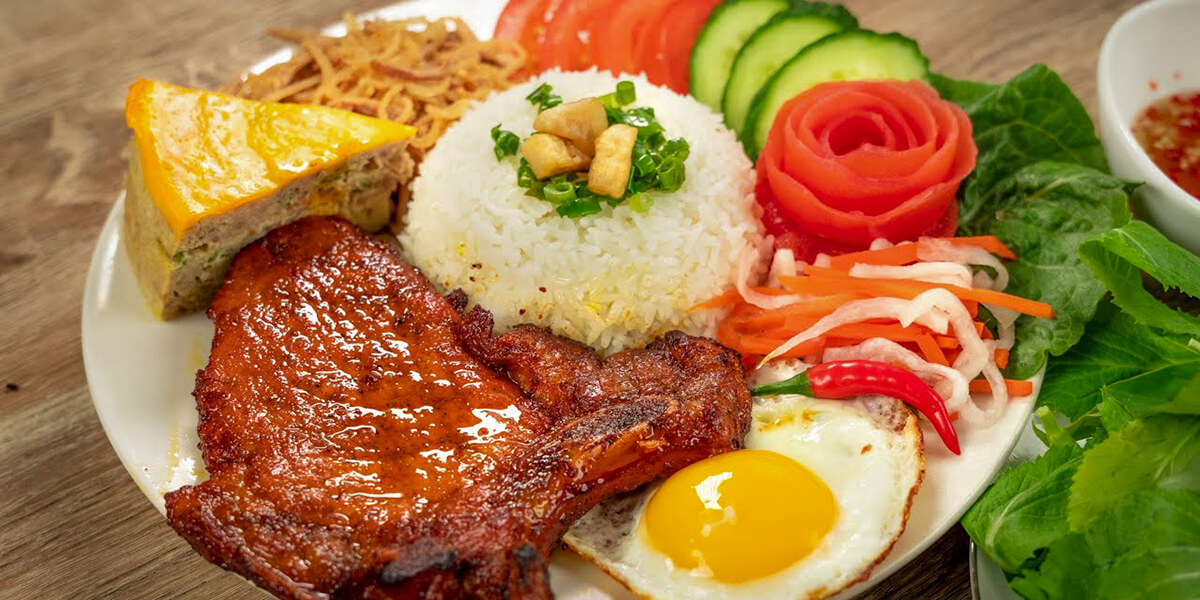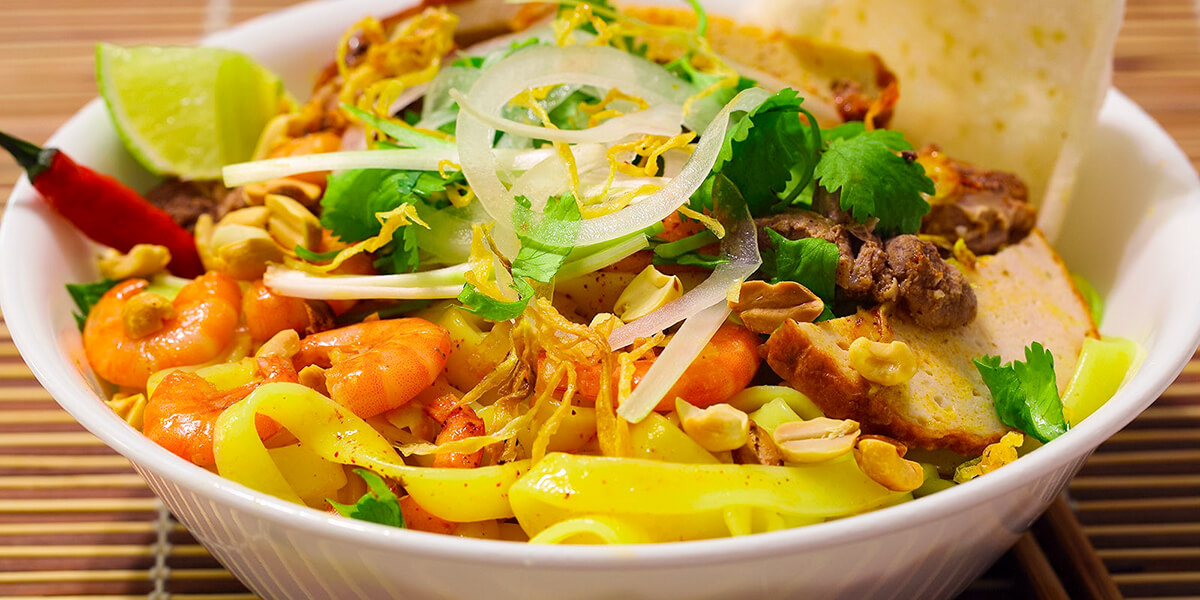Vietnam is a paradise of street food, in which Vietnamese balut (Trứng vịt lộn or Hột vịt lộn in Vietnamese) is a popular street food of locals, which can be found easily in many places, regardless of urban or rural areas. Balut also appears in other Asian countries such as the Philippines, Cambodia, and China, but balut in Vietnam has a bit of a difference inside dishes and ways of processing. Although considered “horror” by the rest of the world, this dish is still nutritious and imbued with regional culture.
I - What exactly are Vietnamese balut eggs?
1 - How are baluts formed?
Unlike in other countries, Vietnam baluts are usually 9 to 11 days old duck embryos, washed and boiled for a while. They are often eaten hot, with laksa leaves, dried salt, pepper, or pickles in some localities.
2 - Is Vietnamese balut good for your health?
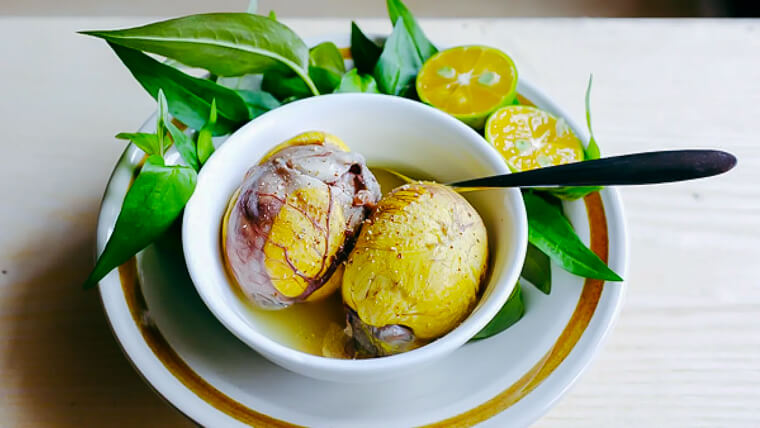
Source: dongthap
Balut in Vietnam is a nutritious dish, considered a remedy for blood circulation, intelligence, helping the body to grow, and improving physiological ability. Modern nutrition research shows that in one serving there are:
- Calories: 182 kcal
- Protein: 13.6g
- Lipids: 12.4g
- Calcium: 82mg
- Phosphorus: 212g
- Cholesterol: 600m
- Other nutrients: beta carotene, vitamins of group A, group B and vitamin C, iron, etc.
Notes:
- Eat 1-2 baluts per week: Vietnamese balut eggs have a delicious taste, however, eating a lot of baluts also increases cholesterol, causing cardiovascular diseases, blood pressure, and diabetes. The excess of vitamin A can accumulate under your liver and skin, worsening its condition and adversely affecting bone formation.
- Eat in breakfast or lunch: Contain high levels of nutrients, if eaten in the evening, it will make you uncomfortable, sometimes gassy and indigestion.
- Eat with laksa leaves: In Vietnamese cuisine, balut is considered as a “cold” dish in the theory of yin-yang, so people often eat Vietnamese balut with laksa leaves - “warm”. Balancing cold and warm is one of the most important characteristics of Vietnamese cuisine. That makes good for the stomach, prevents flatulence, and helps you avoid digestive problems caused by eating this specialty.
- Not everyone can eat baluts: It is advised that children under 5 years should not eat Vietnamese balut because the dish can cause harmful digestive disorders. People with high blood pressure, diabetes, hepatitis, heart disease, gout, and so on, should also eat less because it can clog arteries, and increase the risk of heart attack and stroke. Although there is no scientific reason for pregnant women to not eat baluts, they should avoid laksa leaves because it is harmful to the fetus.
3 - Concept of eating Vietnamese balut from North to South
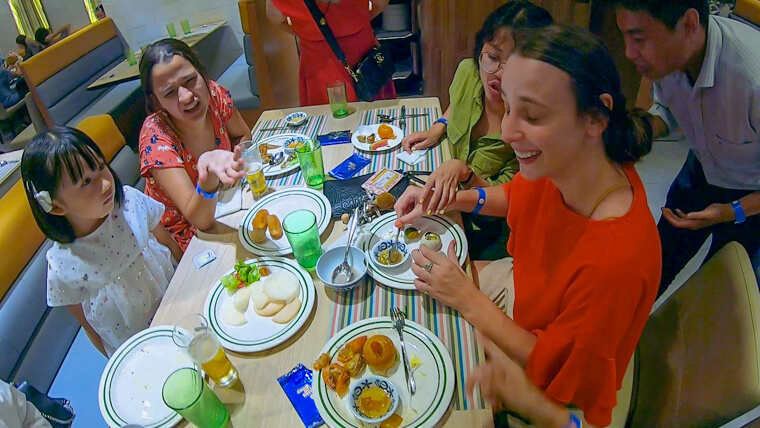
Source: youtube
Not only a favorite dish of many people, Balut in Vietnam is also believed by locals to help eliminate bad luck whenever encountered. This is a spiritual concept that comes from the Vietnamese name of this dish “trung vit lon”, with the word “lon” concurrently meaning “overturn” - helping to turn bad luck into good luck. According to folk beliefs, you must crush or trample the shells, and eat these eggs in odd numbers, because even numbers will make things return to the way it was.
Vietnamese balut is believed to help people discharge all bad luck, and welcome good luck if they eat balut on the last day of the year. At the same time, they also combine with some other methods such as buying salt at the beginning of the year, using feng shui stones, cleaning the house, and so on. However, this is just a folk concept, you should not be too dependent on these ways, especially not eating a lot of duck eggs because as mentioned above, it can bring numerous health problems.
II - How to eat Vietnamese balut?
In Vietnam, baluts is processed in many ways, of which boiling and stir-frying with tamarind are the two most popular and rustic ones. In addition, there are some other attractive dishes of baluts such as hot pot, porridge, deep fried baluts, fried with satay, stewed with traditional herbs, grilled with salt and pepper, onion fat,…
1 - Boiled Vietnamese balut
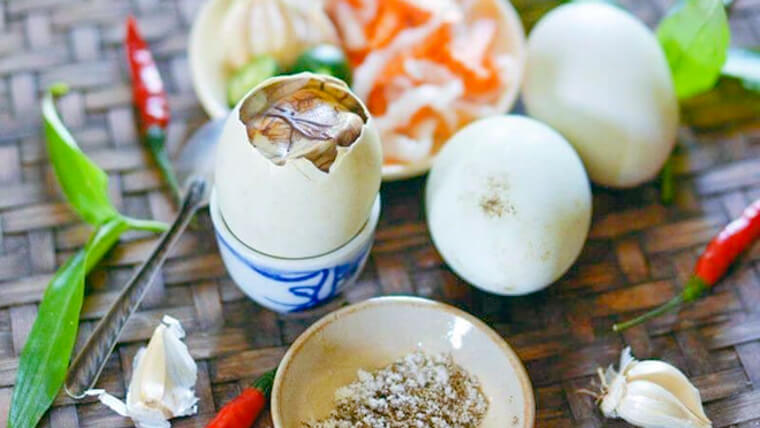
Boiled balut is extremely popular in Vietnam - Source: yummyvietnam
After being washed, the baluts are boiled for about 8 or 10 minutes. Common seasonings are laksa leaves, sliced fresh ginger, salt and pepper lime or kumquat juice, and chili vinegar. The dish is rich in protein, having the sweet and fatty taste of eggs mixed with the pungent taste of laksa leaves, stimulating the taste buds for your new day.
Different regions also have different ways to eat Vietnamese balut, for example, people in the North often put the whole egg, laksa leaves, and salt in the bowl, and then eat with a spoon. Meanwhile, Southerners eat baluts French-style as if they’re poached eggs - putting them in a cup and breaking the top, then using a spoon to scoop it up from the gap. Finally, the people in the Central region often hold the eggs with their hands and eat while peeling them because the Vietnamese balut here are not as hot as in other regions.
2 - Stir-fried duck eggs with tamarind
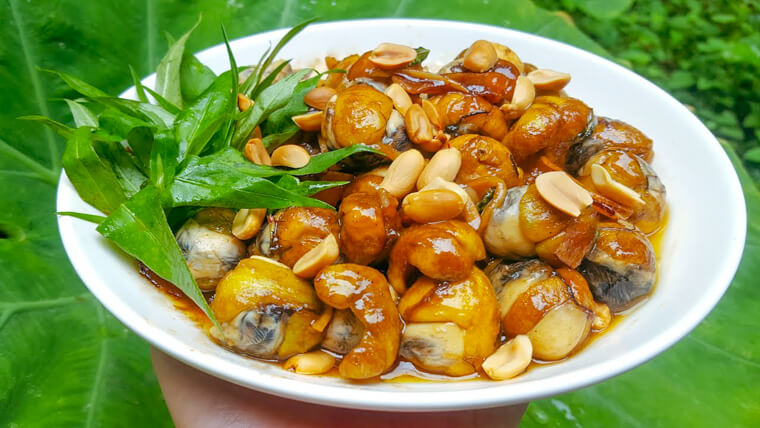
Source: vtcsinc
As the name suggests, this dish consists of duck eggs and tamarind, in addition to spices and accompaniments such as peanuts, laksa leaves, lemongrass, chili,… Duck eggs are also processed in the same way as above, but boiled for 20 minutes on high heat. Then they are taken out and put in cold water, peeled and stir-fried with tamarind sauce and spices for about 10 minutes, putting chopped laksa leaves, roasted peanuts on top. The dish has both the savory taste of duck eggs and the slight sourness of tamarind, accompanied by spicy laksa leaves and powdery sweet roasted peanuts.
Vietnamese balut is a delicious and favorite dish in breakfast or lunch of the locals. Aside from duck baluts, chicken baluts and quail egg baluts are the most popular kinds of balut in Vietnam. Although balut in Vietnam may be considered quite scary to foreigners, once you try it, it can become a particularly addictive dish.







.jpg) — Ha Bich
— Ha Bich
